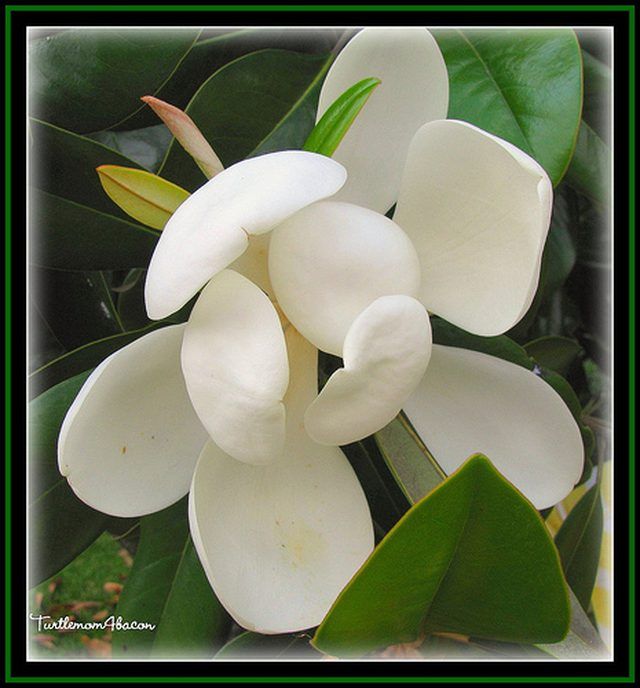Bulbs
Flower Basics
Flower Beds & Specialty Gardens
Flower Garden
Garden Furniture
Garden Gnomes
Garden Seeds
Garden Sheds
Garden Statues
Garden Tools & Supplies
Gardening Basics
Green & Organic
Groundcovers & Vines
Growing Annuals
Growing Basil
Growing Beans
Growing Berries
Growing Blueberries
Growing Cactus
Growing Corn
Growing Cotton
Growing Edibles
Growing Flowers
Growing Garlic
Growing Grapes
Growing Grass
Growing Herbs
Growing Jasmine
Growing Mint
Growing Mushrooms
Orchids
Growing Peanuts
Growing Perennials
Growing Plants
Growing Rosemary
Growing Roses
Growing Strawberries
Growing Sunflowers
Growing Thyme
Growing Tomatoes
Growing Tulips
Growing Vegetables
Herb Basics
Herb Garden
Indoor Growing
Landscaping Basics
Landscaping Patios
Landscaping Plants
Landscaping Shrubs
Landscaping Trees
Landscaping Walks & Pathways
Lawn Basics
Lawn Maintenance
Lawn Mowers
Lawn Ornaments
Lawn Planting
Lawn Tools
Outdoor Growing
Overall Landscape Planning
Pests, Weeds & Problems
Plant Basics
Rock Garden
Rose Garden
Shrubs
Soil
Specialty Gardens
Trees
Vegetable Garden
Yard Maintenance
Magnolia Tree Identification
Magnolia Tree Identification. Magnolia trees decorate many yards across North America with large, colorful blooms and dark foliage. Known as easy to grow and hearty, they are named for Pierre Magnol, a French botanist. Their distinctive, often large flowers and leaves make most types of magnolias easy to identify. Magnolia trees remain a popular,...

Magnolia trees decorate many yards across North America with large, colorful blooms and dark foliage. Known as easy to grow and hearty, they are named for Pierre Magnol, a French botanist. Their distinctive, often large flowers and leaves make most types of magnolias easy to identify. Magnolia trees remain a popular, well-known, decorative tree in many countries, existing in both temperate and tropical areas.
Ancient Plant
Magnolias date back millions of years, before bees began to pollinate flowers. As such, they lack true flowers, since they have no real petals or sepals (the upper, leaf-like structures on a stem that rest just below the petals on true flowers). Instead, magnolias have fragrant, colored tepals, the flower-like structures that exist in plants lacking petals and sepals. They contain a sugary, nectar-like discharge rather than true nectar. This attracts beetles, which pollinate magnolias, rather than bees.
Fruit Appearance
The fruit of the magnolia falsely appears to be a cone. Magnolia fruit follows the disappearance of the flowers and exists in a woody, cone shape approximately 2 to 6 inches in length. At maturity, the cone dries out and splits in places. This exposes a red-, pink- or orange-hued material covering the seeds. The pulp-like, fleshy material attracts seed-eating birds that help to spread the seeds.
Flower Appearance
Magnolias contain large, usually fragrant flowers. Represented colors are white, purple, green, pink or yellow. Flowers of the magnolia grow as a single bud at the end of a branch, rather than in bunches or many along a single branch. In deciduous trees, the flowers open before the leaves appear. Their color may vary from top to bottom or end to end. Generally, magnolia flowers range in diameter from 3 to 12 inches and appear early in the spring.
Leaves and Timber
Most magnolias contain large leaves with a dark green pigment and a slightly waxy texture. Though all magnolias are known for their beautiful foliage, some have extremely large leaves. Big leaf and ashe magnolias may have leaves that are 2 feet long by 1 foot wide. Magnolias may be deciduous or evergreen. Though they are mostly favored as a garden ornamental, magnolia timber harvesting sometimes occurs, and the material finds use in household items. Soft, smooth texture and a light color characterize magnolia wood. Magnolias contain relatively thin, smooth bark.
Maturity
At maturity, most magnolia trees remain only medium-sized trees. Some exist as large shrubs reaching only 15 to 20 feet tall. The largest of the trees, the southern magnolia, may reach 80 feet in height and be 40 feet in diameter. This species also contains some of the largest flowers, which can reach 1 foot in diameter, and contain a strong fragrance. Its leaves are also among some of the largest. The cucumber magnolia, another popular type, grows almost as large, but has less fragrant, smaller flowers.